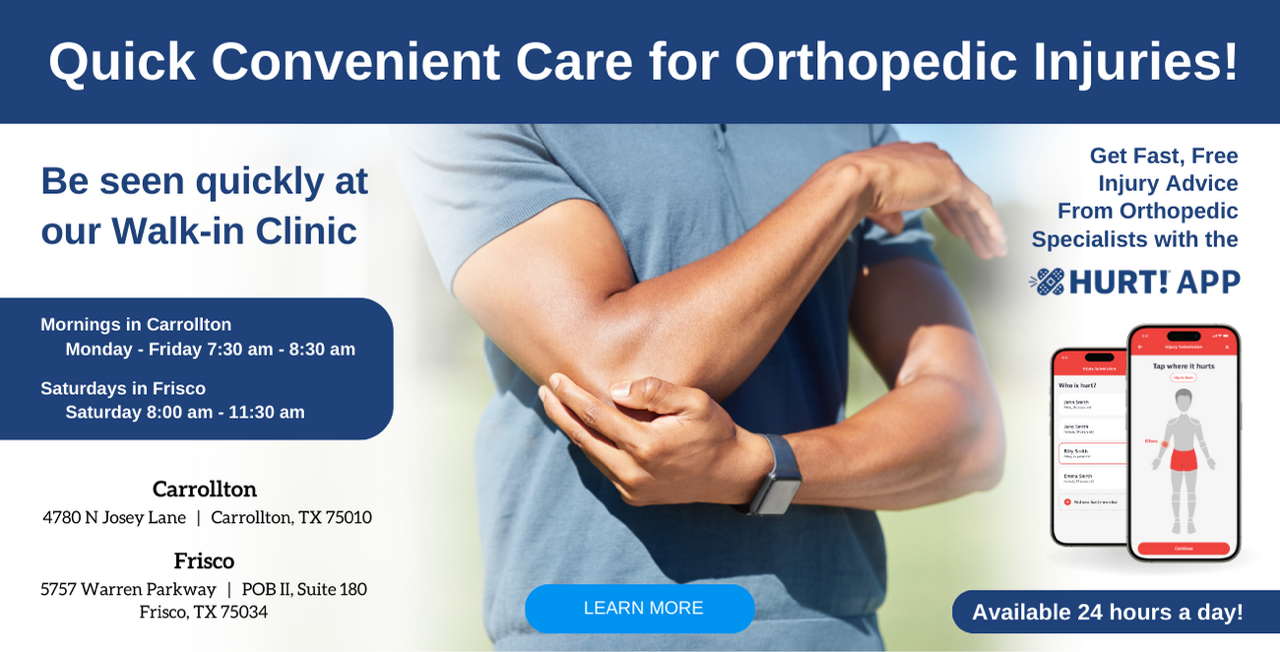TFCC or the triangular fibrocartilage complex is placed in the little finger of the wrist. It not only supports the small-sized carpal bones but also allows the flexion, pronation, supination, deviation, and rotation of the wrist joint. The radius and the ulna (two bones of the forearm) are stabilized by this cartilaginous tissue. An injury to the TFCC may lead to dysfunction and chronic wrist pain. TFCC Tears can be classified into two types:
Type 1 Tears – these are the traumatic tears caused by direct injury to the joint
Type 2 Tears – these are the degenerative type of tears that occur over a period of time as the body ages
Causes
- Falling on an outstretched hand
- Process of aging can cause wear and tear of the soft tissues.
- People above the age of 50 years are at a greater risk
- If the wrist or arm is rotated excessively or beyond comfort level
- Inflammatory diseases such as Rheumatoid Arthritis
- Gout
- Injuries caused while playing tennis, basketball, squash, etc.
- Fractures in the wrist
- If the length of the ulna is longer, it may cause more stress on the TFCC. This is called the Ulnar Impaction SyndromeSymptoms
- A clicking sound in the wrist when it is moved
- Pain may felt at the base of the little finger and when the wrist is rotated
- Inability to grip objects
- Inflammation
- Weakness in the hand and wrist
Diagnosis
- The wrist may be manipulated manually by an orthopedic doctor to check for the exact location of the pain
- The patient’s medical history and lifestyle activities may be analyzed
- X-ray imaging may be required to check for bone damage and fractures
- MRI testing may show the condition of the tissue and cartilageWrist arthroscopy
- An injectible dye may be used to highlight lesions if any in the joint
Treatment
The following methods of treatment may be applied to treat the condition:
- Use of a splint or a cast to stabilize the wrist for about 6 weeks
- Straps that support the wrist may be used if the condition has not deteriorated much
- Prescription of anti-inflammatory medicines and pain killers
- Injecting corticosteroids directly into the joint for immediate relief
- Surgery may be suggested only when the condition does not improve through conservative therapy. Arthroscopic surgery may be performed to remove the damaged tissue and cartilage structures.
- The torn tissues may be fixed using sutures
- Surgical shortening of the ulnar bone
- Ultrasound therapy may be helpful in some cases
- Occupational therapy and activity modification may be required post-surgery to restore complete joint function
For treatment of TFCC Tear and other wrist conditions, visit the physicians at OrthoTexas. To request an appointment, call 972-492-1334 .
Updated 5/14/19


